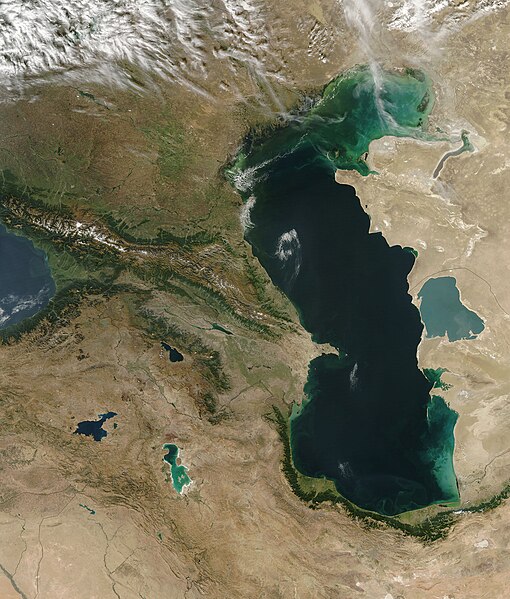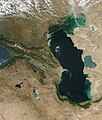Fiché:Satellite image of the Caucasus-Caspian Region.jpg

Tay di sa apèrsou : 510 × 599 piksèl. Ròt rézolisyon : 204 × 240 piksèl | 409 × 480 piksèl | 654 × 768 piksèl | 872 × 1 024 piksèl | 1 703 × 2 000 piksèl.
Fiché d’orijin (1 703 × 2 000 piksèl, tay di fiché : 1,29 Mio, tip MIME : image/jpeg)
Listorik di fiché
Kliké asou roun dat ké lèr pou wè fiché-a tèl ki li té yé pannan sa tan-an.
| Dat ké lèr | Vignèt | Dimansyon | Itilizatò | Koumantèr | |
|---|---|---|---|---|---|
| atchwèl | 26 ògtòb 2005 à 02:44 |  | 1 703 × 2 000 (1,29 Mio) | Brian0918 | Caspian Sea and Georgia Sometimes referred to as the Caucasus Isthmus, the Caucasus-Caspian Region is a mixing-pot for scores of cultures. Due in part to its geographic isolation and having been in the path of numerous Eurasian migrations over the cent |
Litilizasyon di fiché
Paj ki ka swiv ka itilizé sa fiché :
Lizaj global di fiché
Ròt wiki-ya ki ka swiv ka itilizé sa zimaj :
- Litilizasyon asou ar.wikipedia.org
- Litilizasyon asou ast.wikipedia.org
- Litilizasyon asou bg.wikipedia.org
- Litilizasyon asou en.wikipedia.org
- Litilizasyon asou fr.wikipedia.org
- Litilizasyon asou fr.wiktionary.org
- Litilizasyon asou ky.wikipedia.org
- Litilizasyon asou mg.wikipedia.org
- Litilizasyon asou nn.wikipedia.org
- Litilizasyon asou no.wikipedia.org
- Litilizasyon asou oc.wikipedia.org
- Litilizasyon asou pt.wikibooks.org
- Litilizasyon asou sq.wikipedia.org


